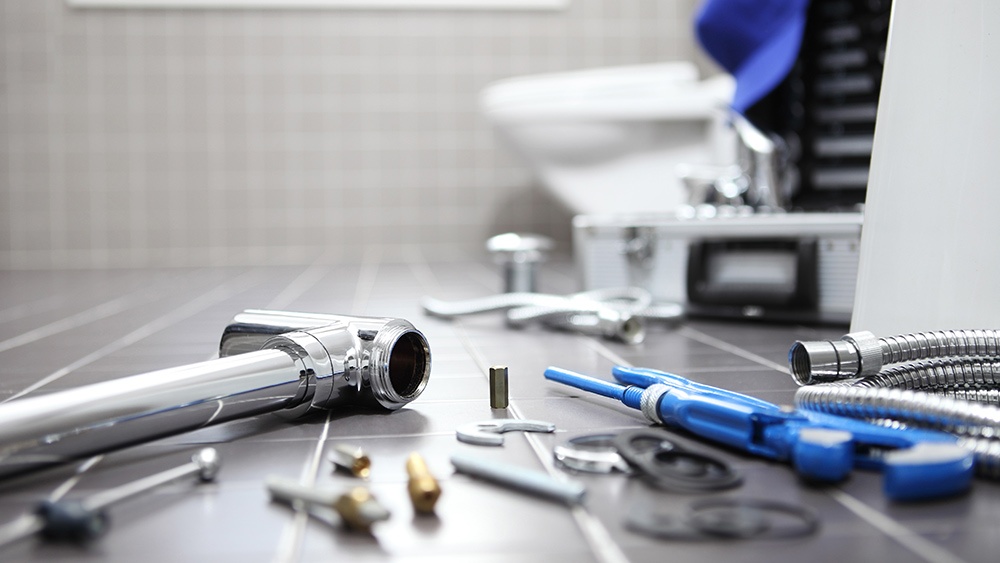
We teamed up with HomeAdvisor to discuss the cost of common residential plumbing problems. The online resource surveyed thousands of its members to find the national average* for the most common toilet issues.
-
Broken toilet. The toilet might need reseating to prevent a gap for leaks, which adds an extra $1,650 to the monthly energy bill.This project can be do-it-yourself, as the toilet needs removal, reseating, and resealing. But, it’s worth paying a professional to complete the project in a shorter period of time.A broken toilet may also need a replacement. If a plumber determines that the appliance is faulty, the labor cost (not including the cost of the actual replacement toilet) is the same. This is regardless of which model you choose.Though low-flow toilets are more expensive, they save you money on the energy bill in the long term. Either job costs an average of about $195.
- Overflowing toilet. Many plumbers find a preventable blockage, like a child’s toy, in the pipes. To get it out, they snake out the sewer line. This costs an average of about $195, according to more than 2,400 homeowners.
- Worn out pipes. If you live in an older home, you have to replace the plumbing for safety and efficiency reasons. This plumbing project also rids of low water pressure and bacteria. It costs about $1,000, according to more than 3,500 homeowners.
A lot of factors go into the cost of this major plumbing renovation. For example, a larger home with plumbing anatomy that needs to be redone in copper is upward of $4,000.
Before getting quotes, you need to consider your home's size, stories, what type of pipes it needs, and the existing plumbing.
- New toilet installation. HomeAdvisor says, “The type, model, and style of the toilet you choose will be the single greatest factor in the cost of its installation.”
Because you're getting a brand-new toilet and not a replacement, about 915 homeowners say this job runs an average of $375 for the following:
- Turning off the water
- Draining, disconnecting, and removing the old toilet
- Replacing the wax ring seal
- Inspecting the flange for damage or wear
- Setting and connecting the new toilet
- Testing all newly installed parts
- Blocked or clogged toilet. This is one of the most common plumbing problems. The clog is often scum, hair, or food. For an immediate fix, grab a plunger, organic drain cleaner, or drain snake to loosen any debris. If the plumbing problem persists, a professional drain cleaning is the solution. It'll cost an average of about $200, depending on the following:
- Regional and seasonal price variations of a plumber's hourly rate
- The severity of the blockage and necessary tools
- The number of clogs
- The cause of the blockage
It’s always best to team up with a local plumbing service before the toilet floods your home. Look for a plumber for non-emergency jobs. This includes kitchen and bathroom remodeling and maintaining older plumbing anatomy.
Use these quotes as a gauge when asking for an estimate. Get a detailed contract of what the job will entail. Consider your location and other important factors, so you know if the price fits the work.
To save money on year-round bathroom maintenance, download Warner Service's Plumbing Maintenance Checklist. Click on the button below:


